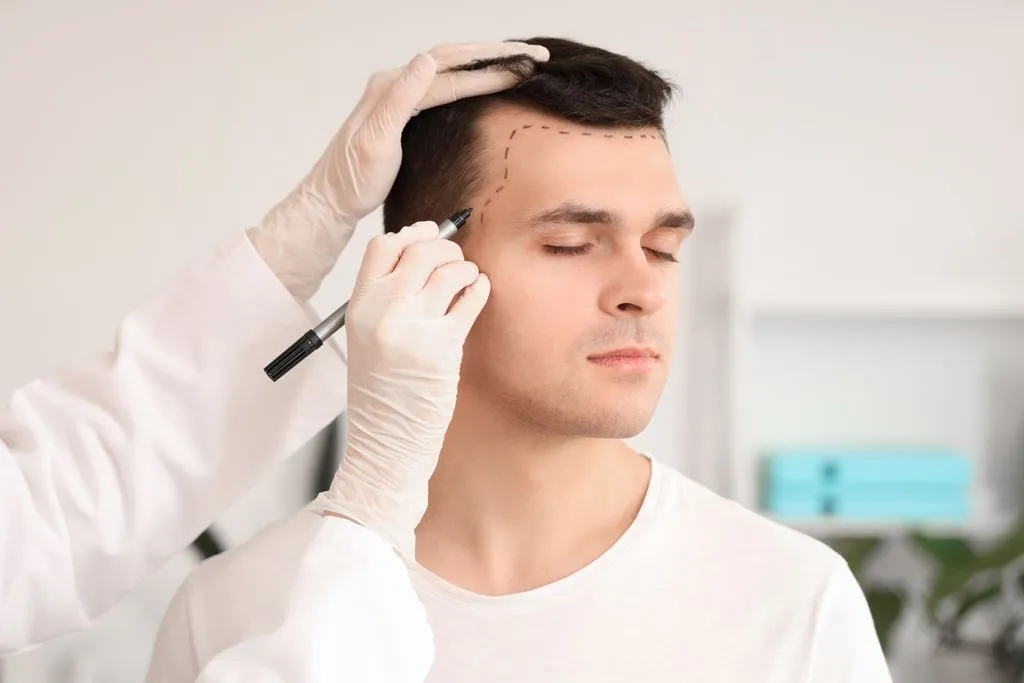Table Of Contents
How Does Hair Transplant Work?
Hair follicles at the back and sides of the scalp are usually resistant to dihydrotestosterone (DHT), a hormone that causes hair loss in certain regions. By relocating these resilient follicles to thinning or bald areas, they maintain their original characteristics and continue to grow healthy hair in the new location. This principle underpins the durability and natural appearance of hair transplant results.
Hair transplants have a strong track record for success, especially when performed by an experienced surgeon like Dr. Welter. Most patients enjoy significant improvements in hair density and coverage, with results that look and feel natural. Unlike topical treatments, transplanted hair is permanent and continues to grow for a lifetime, provided there is no underlying condition affecting overall hair health.
How Does Follicular Unit Transplantation (FUT) Work?
FUT Procedure (Strip Method)
1. Anesthesia
2. Strip Harvesting
3. Recipient Site Creation
4. Implantation of Follicles
How Does Follicular Unit Extraction (FUE) Work?
FUE Procedure
1. Anesthesia
2. Extraction of Follicular Units
3. Recipient Site Creation
4. Implantation of Follicles
What Is MicroFUE™?
What Is Long-Hair FUE?
Automated Hair Transplant Methods
ARTAS Robotic System
Neograft™
What Is Flap Surgery and Is It Still Used to Combat Hair Loss?
What Is Body Hair Transplantation?
As part of the broader field of cutaneous and aesthetic surgery, body hair transplantation offers an alternative for patients who continue to lose hair but still desire fuller coverage. While body hair’s texture and growth characteristics may differ from those of scalp hair, it can still provide valuable improvements in density and appearance when carefully matched and transplanted by an experienced surgeon.
Conclusion
with New Hair ?

